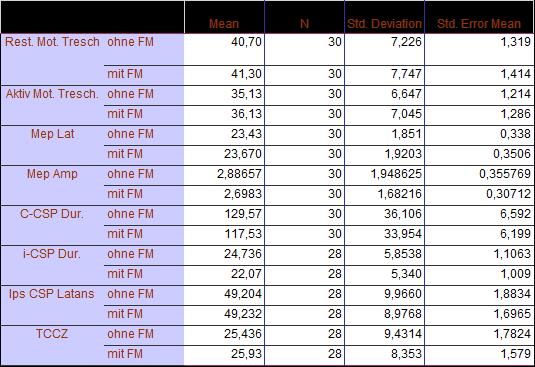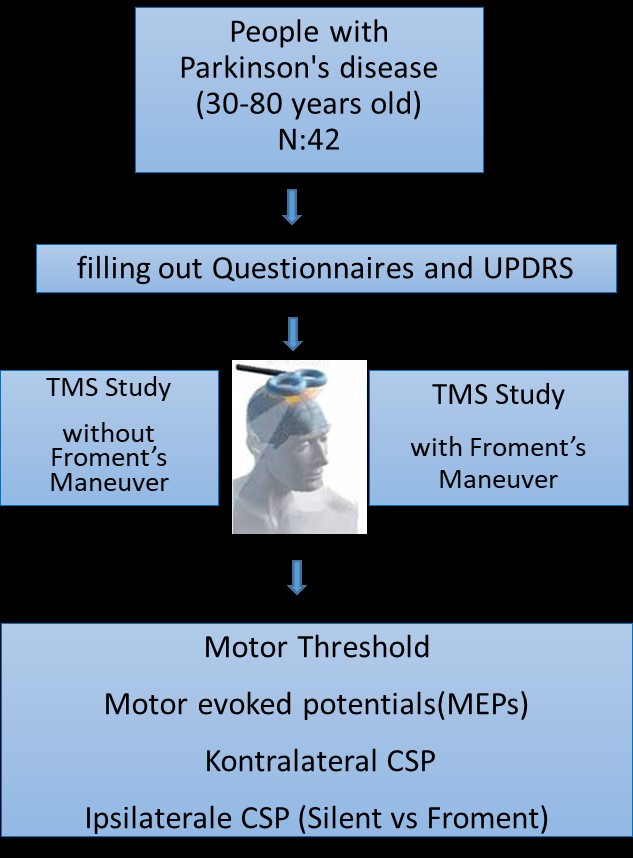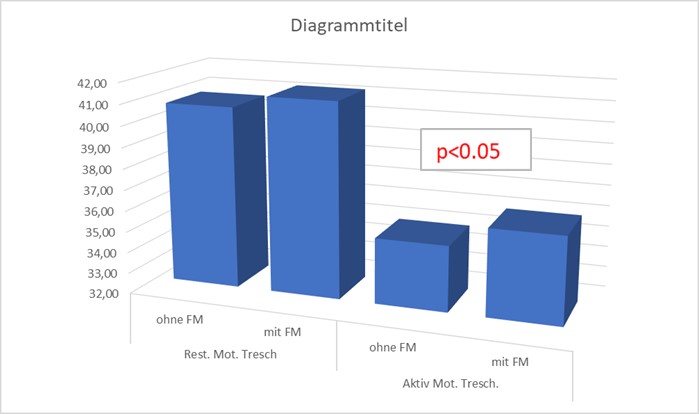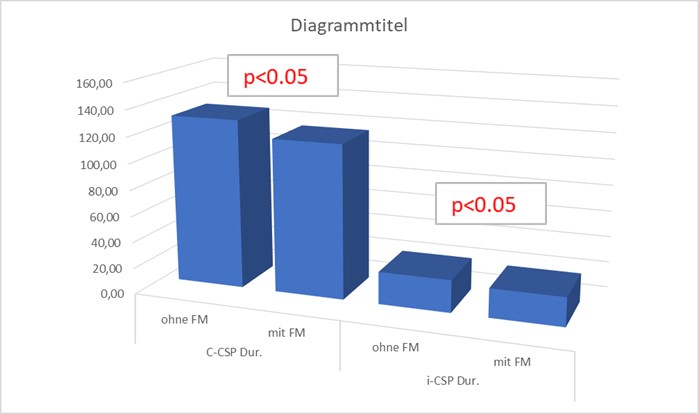Category: Parkinson's Disease: Neurophysiology
Objective: To investigate the physiological basis underlying the increase of rigidity during co-innervation (Froment maneuver) in Parkinson´s disease (PD) patients and to probe whether this phenomenon is mediated via cortical pathways.
Background: In the 1920s, the French neurologist Jules Froment extensively studied conditions that might cause or exacerbate rigidity in PD. He observed tone fluctuations with changes in static posture and especially with contralateral extremity movements. While the corpus callosum is known to be crucial in bimanual motor coordination, it is still unknown how the Froment maneuver increases muscle tone in Parkinson’s patients.
Method: 30 patients with idiopathic PD were included. Using transcranial magnetic stimulation (TMS) of the primary motor cortex (M1) of the non-dominant hemisphere, motor-evoked potentials (MEP) were recorded from the first dorsal interosseous (FDI) muscle of the opposite hand to assess the following parameters: Resting (RMT) and active (AMT) motor threshold, MEP latency and amplitude, latency and duration of the contralateral (cCSP) and ipsilateral cortical silent period (iCSP). Transcallosal conduction time (TCT) was calculated as the difference of iCSP latency – MEP latency. Subsequently, participants were asked to open and close their hand ipsilateral to the M1 where TMS was applied (Froment maneuver), and assessment of these physiological measures was repeated.
Results: During Froment, the duration of cCSP and iCSP in PD patients decreased significantly, while there was a slight, though significant increase of AMT. No changes were found for MEP latency, MEP amplitude, and TCT under contralateral Froment maneuver.
Conclusion: Reduced CSP duration may indicate a decrease of spinal and cortical inhibition (cCSP) as well as interhemispheric inhibition (iCSP) by coinnervation. cCSP is known to be reduced in patients with PD and to be normalized by dopaminergic mediations. Thus, our preliminary findings are in line with an enhancement of rigidity by disinhibitory effects of the Froment maneuver. Upon completion of the PD group (n=42) and an age-matched control group, differential analysis between groups and correlational approaches with semiquantitative measures of rigidity will allow further inference on the physiological underpinnings of the Froment maneuver.
References: Broussolle E, Krack P, Thobois S, Xie-Brustolin J, Pollak P, Goetz CG. Contribution of Jules Froment to the study of parkinsonian rigidity. Mov Disord. 2007 May 15;22(7):909-14. doi: 10.1002/mds.21484. PMID: 17443696.
To cite this abstract in AMA style:
M. Yücel, T. Odorfer, D. Zeller, J. Volkmann. Electrophysiological correlates of the increase in rigidity with the Froment maneuver in Parkinson’s patients [abstract]. Mov Disord. 2023; 38 (suppl 1). https://www.mdsabstracts.org/abstract/electrophysiological-correlates-of-the-increase-in-rigidity-with-the-froment-maneuver-in-parkinsons-patients/. Accessed December 26, 2025.« Back to 2023 International Congress
MDS Abstracts - https://www.mdsabstracts.org/abstract/electrophysiological-correlates-of-the-increase-in-rigidity-with-the-froment-maneuver-in-parkinsons-patients/




